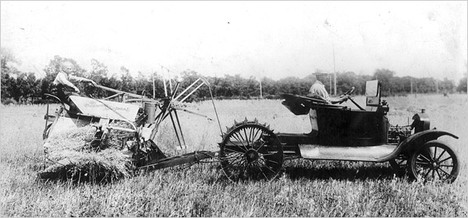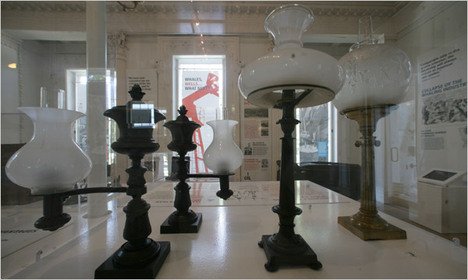(p. 37) The first telegraph line had been completed . . . , in 1844, when Samuel F. B. Morse, with $30,000 in federal funding, connected Washington to Baltimore. Morse and his partners had expected to get funding to build additional lines from the federal government, but their experience securing their first $30,000 had been so debilitating that they gave up entirely on the public sector and turned to private capital to fund their new telegraph lines. Henry O’Rielly secured the franchise and agreed to raise the capital to string telegraph poles from east to west. His plan was to extend one line from Buffalo to Chicago, the other across the Alleghenies from Philadelphia through Pittsburgh, to St. Louis, and then north to Chicago, and south to New Orleans.
Although customers were scarce and the first telegraph lines were continually breaking (or being broken by bands of boys who took great joy in throwing stones at the glass insulators that glistened in the sunlight), O’Rielly and the handful of entrepreneurs who believed in the future of telegraphy raised sufficient capital to extend their lines mile by mile. By late 1846, they had also connected Boston to Washington, via New York City and Philadelphia; New York City to Buffalo, through Albany; and in late December, Philadelphia to Pittsburgh, via Lancaster and Harrisburg.
Source:
Nasaw, David. Andrew Carnegie. New York: Penguin Press, 2006.
(Note: ellipsis added.)
(Note: the pagination of the hardback and paperback editions of Nasaw’s book are the same.)






